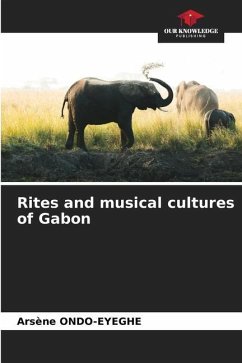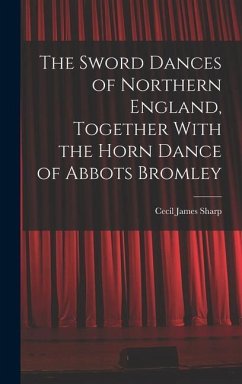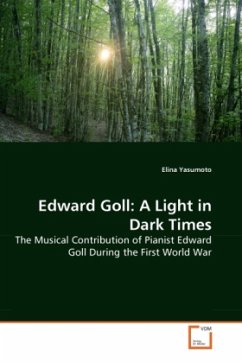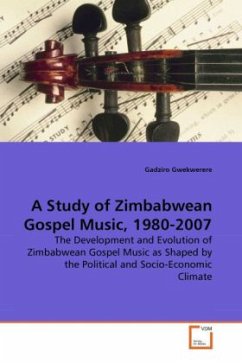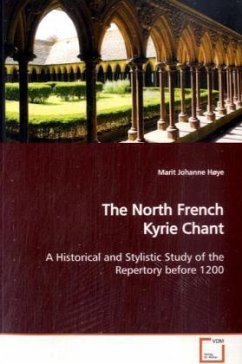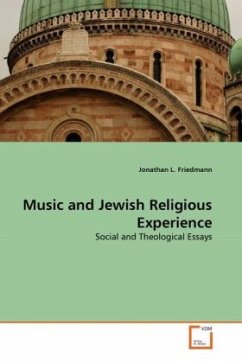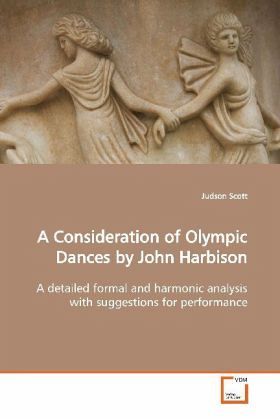
A Consideration of Olympic Dances by John Harbison
A detailed formal and harmonic analysis with suggestions for performance
Versandkostenfrei!
Versandfertig in 6-10 Tagen
32,99 €
inkl. MwSt.

PAYBACK Punkte
16 °P sammeln!
John Harbison is among the growing number of contemporary composers who have addressed the wind ensemble as a serious vehicle for musical expression. This book examines in detail his ballet for winds, "Olympic Dances"; it is primarily an analysis of the work, although it also addresses performance considerations. Representative passages from his other works for winds, "Music for Eighteen Winds" and "Three City Blocks", are considered briefly to provide context for and contrast to the discussion of Olympic Dances. In the "Six Tanglewood Talks", Harbison stated that a subtle use of harmony is on...
John Harbison is among the growing number of
contemporary composers who have addressed the wind
ensemble as a serious vehicle for musical
expression. This book examines in detail his ballet
for winds, "Olympic Dances"; it is primarily an
analysis of the work, although it also addresses
performance considerations. Representative passages
from his other works for winds, "Music for Eighteen
Winds" and "Three City Blocks", are considered
briefly to provide context for and contrast to the
discussion of Olympic Dances. In the "Six Tanglewood
Talks", Harbison stated that a subtle use of harmony
is one of his primary goals as a composer.
Harbison s manipulation of harmonic structure is
critical to "Olympic Dances" and is therefore
considered in detail. Theorists and composers will
find the analysis of Harbison''s approach to harmony
illuminating, and conductors should find the
stylistic discussion useful for approaching any of
Harbison s works for winds.
contemporary composers who have addressed the wind
ensemble as a serious vehicle for musical
expression. This book examines in detail his ballet
for winds, "Olympic Dances"; it is primarily an
analysis of the work, although it also addresses
performance considerations. Representative passages
from his other works for winds, "Music for Eighteen
Winds" and "Three City Blocks", are considered
briefly to provide context for and contrast to the
discussion of Olympic Dances. In the "Six Tanglewood
Talks", Harbison stated that a subtle use of harmony
is one of his primary goals as a composer.
Harbison s manipulation of harmonic structure is
critical to "Olympic Dances" and is therefore
considered in detail. Theorists and composers will
find the analysis of Harbison''s approach to harmony
illuminating, and conductors should find the
stylistic discussion useful for approaching any of
Harbison s works for winds.



